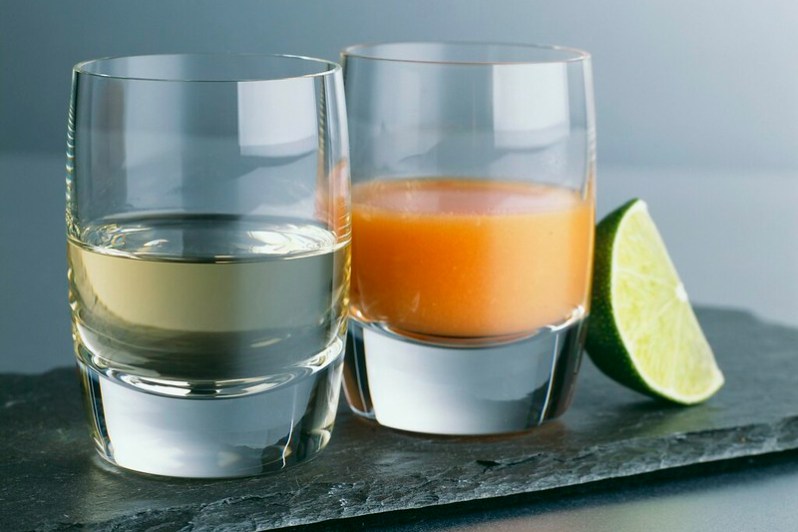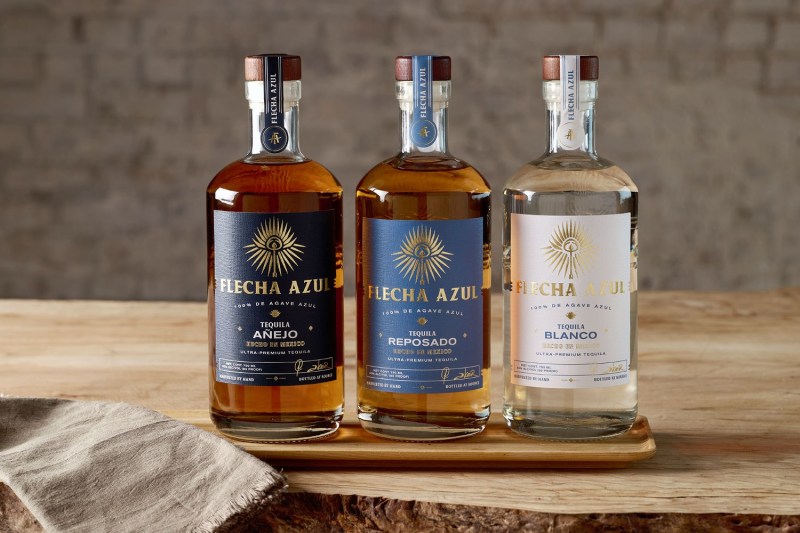
There’s been a lot of chatter lately about additives in tequila. Turns out, a lot of tequilas carry some baggage, in the form of coloring agents, sweeteners, and more. It’s nothing entirely new in the realm of spirits, but it’s important to know why it’s part of a greater conversation right now.
Inputs exist in most facets of the drinks world, especially with larger producers. Beer, wine, spirits, and more are prone to adding things that will preserve, enhance, or stabilize the product. If there were nutritional info for a lot of these liquids, the inclusions might shock a lot of people.
This is a particularly pressing issue because the movement lately — in both food and drink — has been towards purity. That is to say, producers aim to offer unadulterated expressions of whatever it is they’re making. Part of it is transparency, something consumers want more and more, and part of it is out of health and wellness. In drinks especially, a big part of the equation revolves around the concept of terroir.
Producers want their products to tell the story of the place it was grown. Sonoma county winemakers want their Pinot Noir to taste like the Russian River Valley just as Cognac producers want their storied spirit to represent a unique part of France. When you throw other things in the mix, the situation becomes a little cloudy.
Aron Marquez is the cofounder of Flecha Azul Tequila in Jalisco, Mexico. You may have heard of the brand, as, like a lot of tequila brands these days, Flecha Azul has some big name backers. Pro golfer Abraham Ancer cofounded the company and recently actor Mark Wahlberg was added to the team.
“For us, it has always been about the purity of the product and making a tequila that is clean and additive-free like those in Mexico,” Marquez says. “Flecha Azul Tequila is made with just three ingredients – 100% Weber Blue Agave, yeast and water – and produced according to traditional methods. This way, people can taste and know exactly what they’re putting into their bodies with every sip.”
Some producers add a bit more to their batches.
What are tequila additives?

“You see a lot of brands adding sugar to sweeten the liquid and make it taste ‘smoother,’ caramel coloring to darken the liquid and make it appear more aged, or even hints of flavor like chocolate that overshadow under matured agave notes,” Marquez says. “They are also added because often they are using agaves that are not grown to maturity. These additives help to cut the aging process and get the tequila ready for consumers faster.”
An estimated 70% of tequila contains additives, as reported by Food & Wine. That’s a big number for a still-surging sector of the spirits world but it’s not necessarily a bad or potentially harmful thing. Added inputs just put the clarity of the product in question.
“When you include additives, it completely alters the tequila,” Marquez adds. “The texture changes, the colors are modified and the flavor loses its authenticity.” He says you can completely taste and feel the difference when doing a side-by-side tasting, with the additive-free tequila option offering bigger flavors and a rounder profile.
Other common additives, all legal, include sweeteners like corn syrup, agave syrup, and aspartame. Glycerin can be added to add some weight to the texture of the tequila. And oak extracts can enter the mix to create that “barrel aged” element. Larger wineries have done similar for generations, catering to what they think the collective consumer palate is after (hence the natural wine movement, essentially a revolt against this). Yet today, it seems like the needle has shifted towards authenticity, or at least not hiding anything about the process.
“If you want a party trick, pour just a bit of tequila into your hands and rub them around,” he says. “If you’re left with sticky hands you’re likely drinking a tequila with sugars added to it.”
What to look for on the label

Tequila labels, like wine labels, sometimes need an interpreter. Often times what’s listed is what’s actually in the bottle, but there’s some legal wiggle room to add other things that may or may not get mentioned.
“This is where it gets tricky,” Marquez admits. “Brands can claim to be additive free on their label if under one percent of the liquid contains additives. The best thing to do before buying a tequila is to do some research. There are a lot of resources online to help consumers learn not only about what tequilas are additive free, but also educate themselves on the traditional tequila-making process.”
Spotting “100% agave” is a good start but that does not mean that those producers can’t still add some things. It just so happens that these producers tend to focus more on purity and the chances are better that you’ll be dealing with less additives. Until labeling laws change, if ever, it’s wiser to do your own research if you really want to know what’s in your tequila. Additives aren’t necessarily evil, but more and more drinkers simply want to know exactly what they’re drinking.
“Over the past decade we’ve seen consumers, in particular those who drink tequila, eager to learn about the tequila making process and looking for products that are clean and pure,” Marquez says. “Similarly to the appreciation of a fine wine, people want to feel like they understand the tasting notes, aging process and distillation of a good quality tequila.”
The conversation will almost surely move to mezcal next, then perhaps Sotol, the latest popular agave spirit. It’s a healthy one to have as it leads to more informed sipping. Whether you’re enjoying it neat, or mixing up a great tequila cocktail, it pays to know what’s in your glass.
Editors' Recommendations
- Learn how to make perfect grill marks every time
- These 4th of July vodka drink recipes from Tina’s Vodka are just plain great
- How to break a fast — the best foods to eat
- Top bartenders reveal the best cocktails to order at the bar
- How to make the best spaghetti sauce, according to Jamie Oliver



